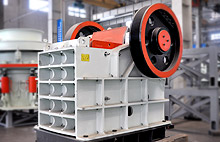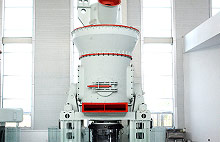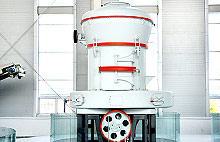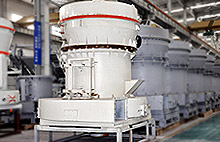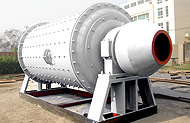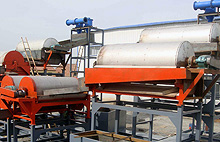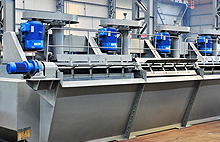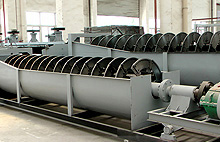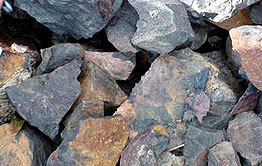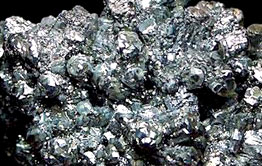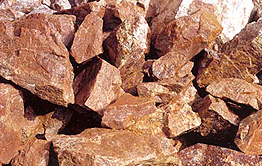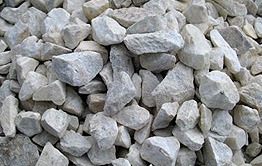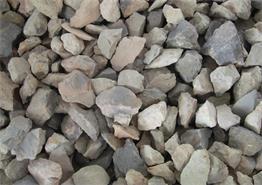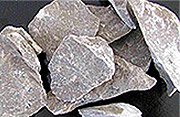It’s hard to find an analysis of the mining and minerals sector that offers even a glimpse of a brighter future.
The study suggests that the steadily deteriorating quality of accessible resources combined with the current cuts in new mine investment, will likely squeeze supply in the face of steady, albeit slow, demand growth, causing prices to rebound.
The new report titled Is there hidden treasure in the mining industry? uses a new model based on three insight to provide an outlook for the industry that’s surprisingly upbeat:
Fundamentals
Geological shortage is likely to be a stronger determinant of future prices than demand. That’s due to grade erosion (particularly in copper, gold and phosphate rock), depletion on a mine-by-mine basis combined with declining resource levels and delays in new projects which raises the likelihood of increasingly severe shortages.
Cost inflation
Geological factors saw cost inflation for marginal copper, iron ore and potash producers rise 20% from 2000–2013. Lower diesel prices and depreciating currencies will keep external inflation low but deteriorating mining conditions (including declining ore grades, deeper shafts, higher stripping ratios and longer hauling distances) will keep overall inflation humming along at 4%–7% going forward.
Price regimes
Cash cost – price levels are close to the cash cost of the marginal producer, and there is minimal incentive to invest.
Brownfield inducement pricing – high enough to justify extending the life of existing mines.


